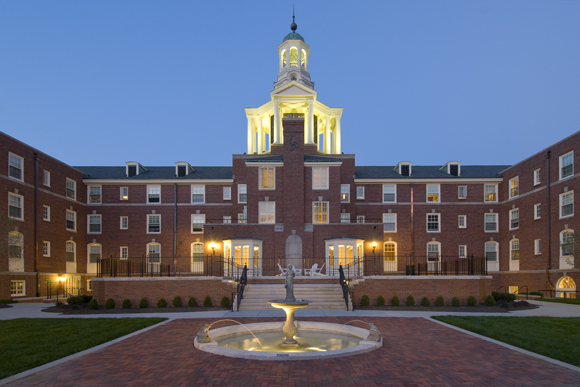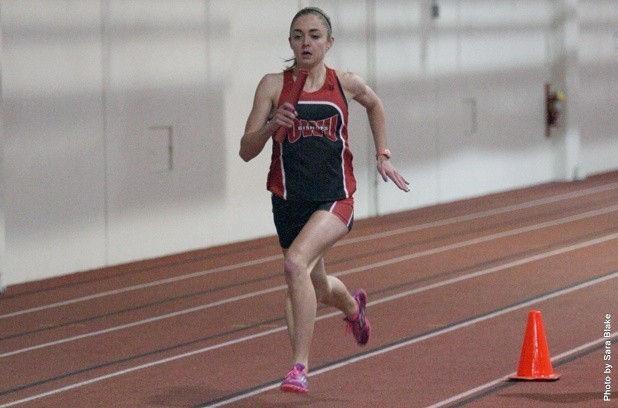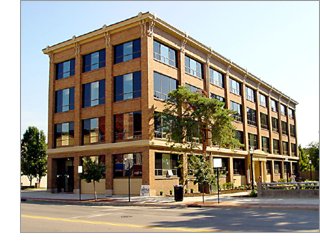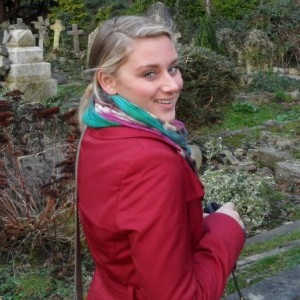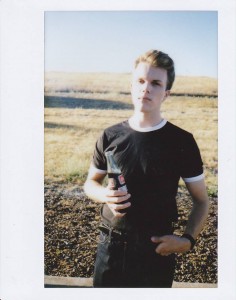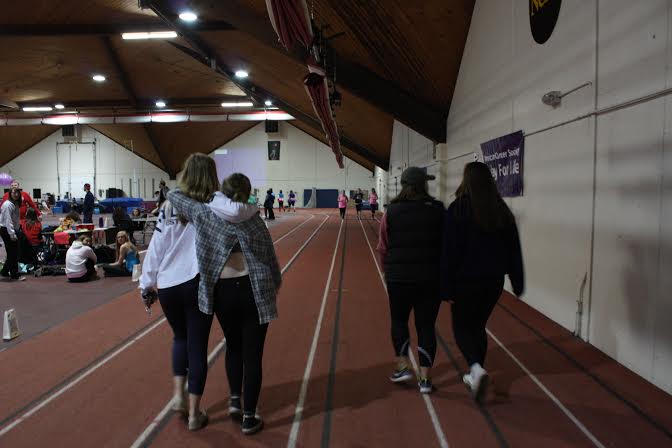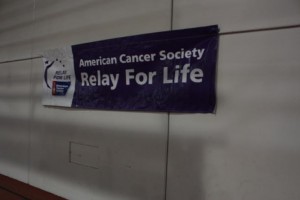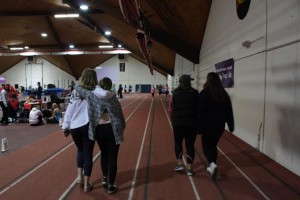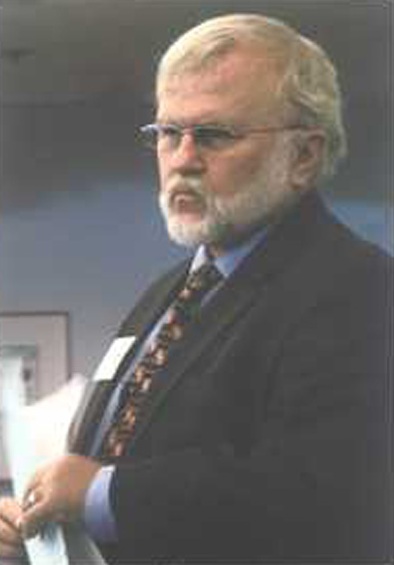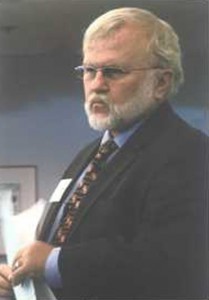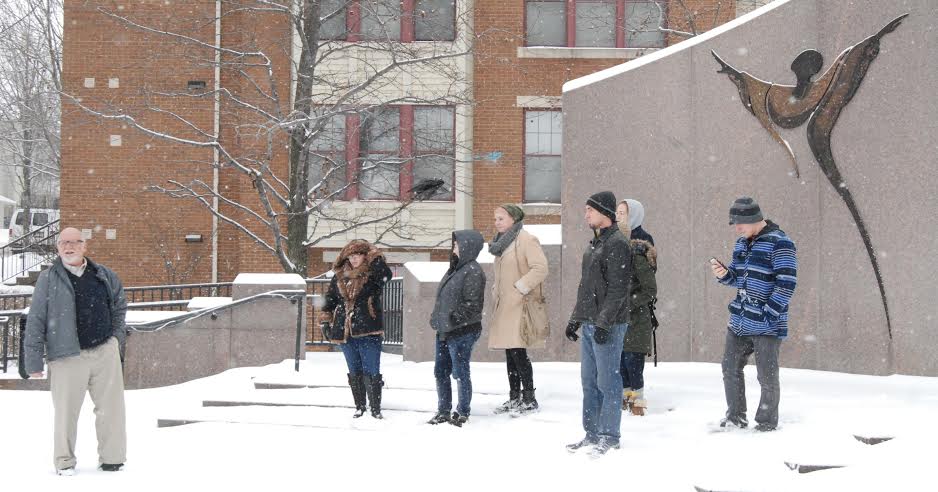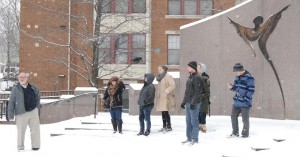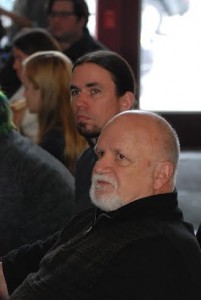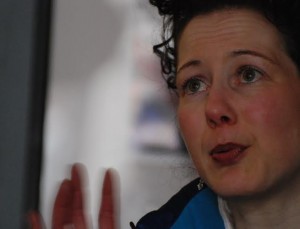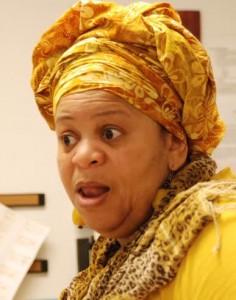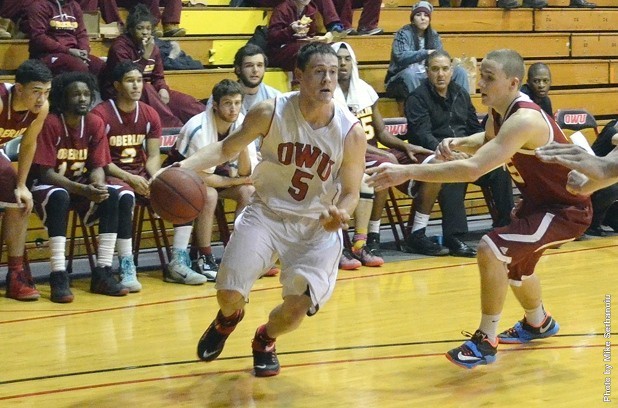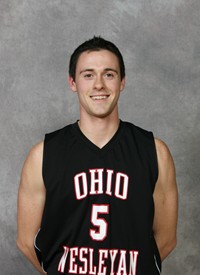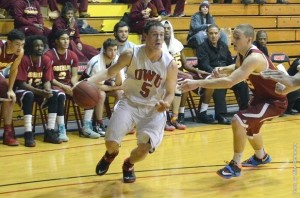Students and representatives from the administration reached a compromise at the forum on design changes to the Small Living Unit (SLU) residences.
Thomas Carlson-Reddig from Little Diversified Architectural Consulting led the forum on March 20, and shared schematics of the new SLU duplexes along Rowland Avenue. He also went through floor plans for the first duplex to be built on the corner of Rowland Avenue and Liberty Street.
The design is to have two SLUs in one building, or a SLUplex. However, each SLU will be self-contained with entrances to each only accessible from the outside.
The first of the SLUplexes is scheduled to begin construction by August, with students moving in fall 2016. However, the budget for these designs has not been finalized with a contractor.
“Right now we don’t know if we are in budget,” Carlson-Reddig said. “The next step is to look at the cost.”
He said the total allocated amount for this first project is $1.5 million, which should cover the cost, but if the budget exceeds this amount, they will protect the core project of the building first.
Based on feedback from the first forum, Carlson-Reddig said the designs were updated to focus on fostering community, having connection to outdoors, accessibility, comfort and sustainability and maintaining individuality and identity.
Junior Reilly Reynolds, the moderator of the Tree House said she was pleased with the new designs even though she had concerns with the original plans.
“I was a little bit concerned about how cookie cutter the houses looked at that time, and at the idea of internal bedrooms,” she said. “The new designs are much more open, unique and I feel very positive about them in general.”
“As an environmentalist, I am hopeful that the architects will be true to what they are saying about maintaining and improving sustainability in all the houses,” Reynolds said.
The floor plans provide open dining and gathering spaces on the ground floor, as well as some bedrooms for accessibility. However, concerns were brought up about accessibility to the second level.
It was suggested to include a lift in the stairwell, but Carlson-Reddig said there are currently no plans to include it. One could be added later if needed.
Senior Alicia Brown, a member of the SAGE House, said she was concerned that not having the lift in the first place could discourage students with handicaps from even applying to live in the house.
Senior Meredith Harrison, also a member of SAGE, added that she wouldn’t want to live in a house where one could never go upstairs.
“I can’t imagine not being able to ever get upstairs,” she said. “You’re missing half the house.”
At the end of the meeting, Carlson-Reddig asked how everyone liked the new designs and the students responded with snaps and nods.
Junior Margot Reed, a member of Peace and Justice House, expressed her thanks for the architects being receptive to the needs and suggestions of the students.

